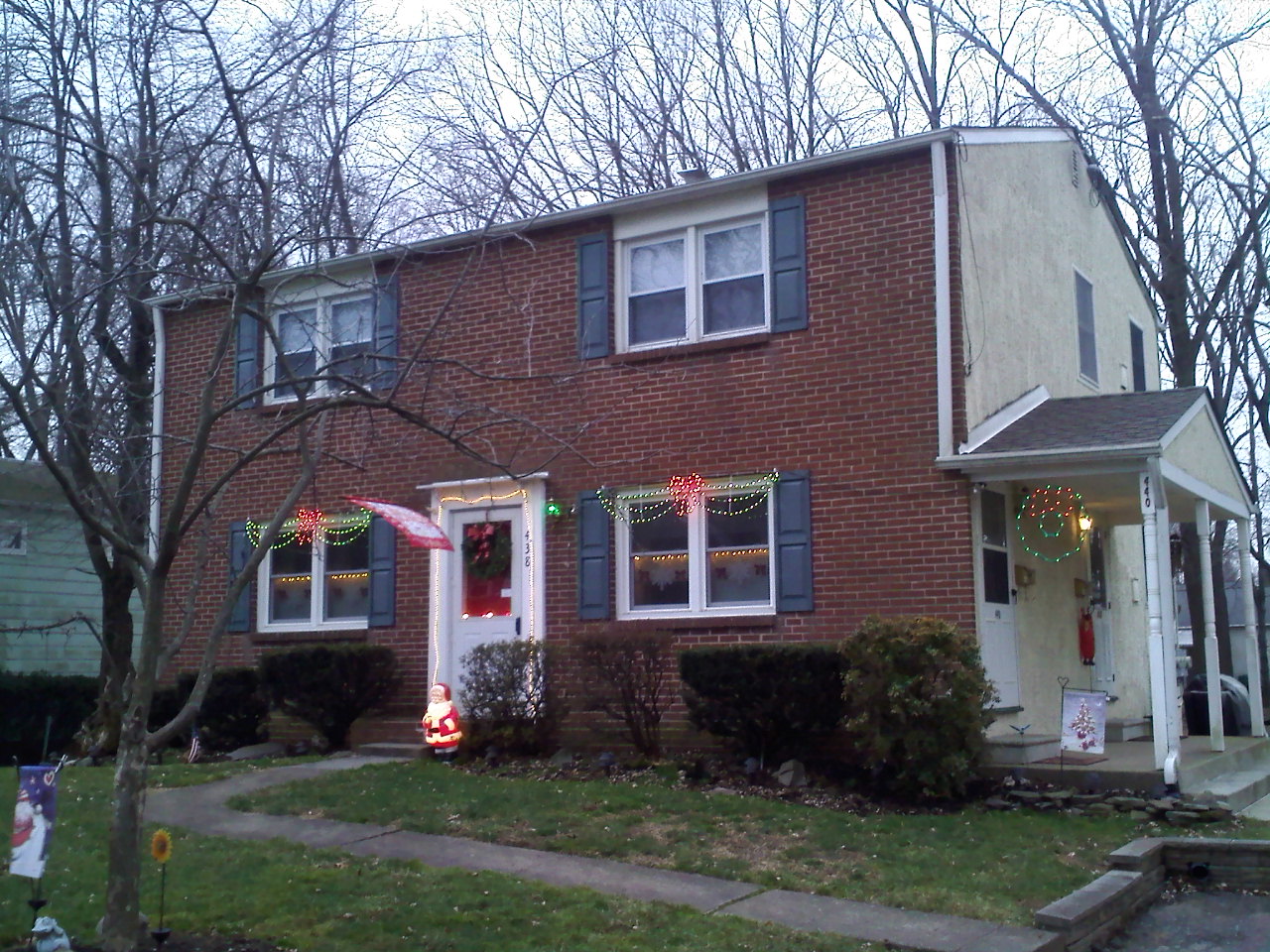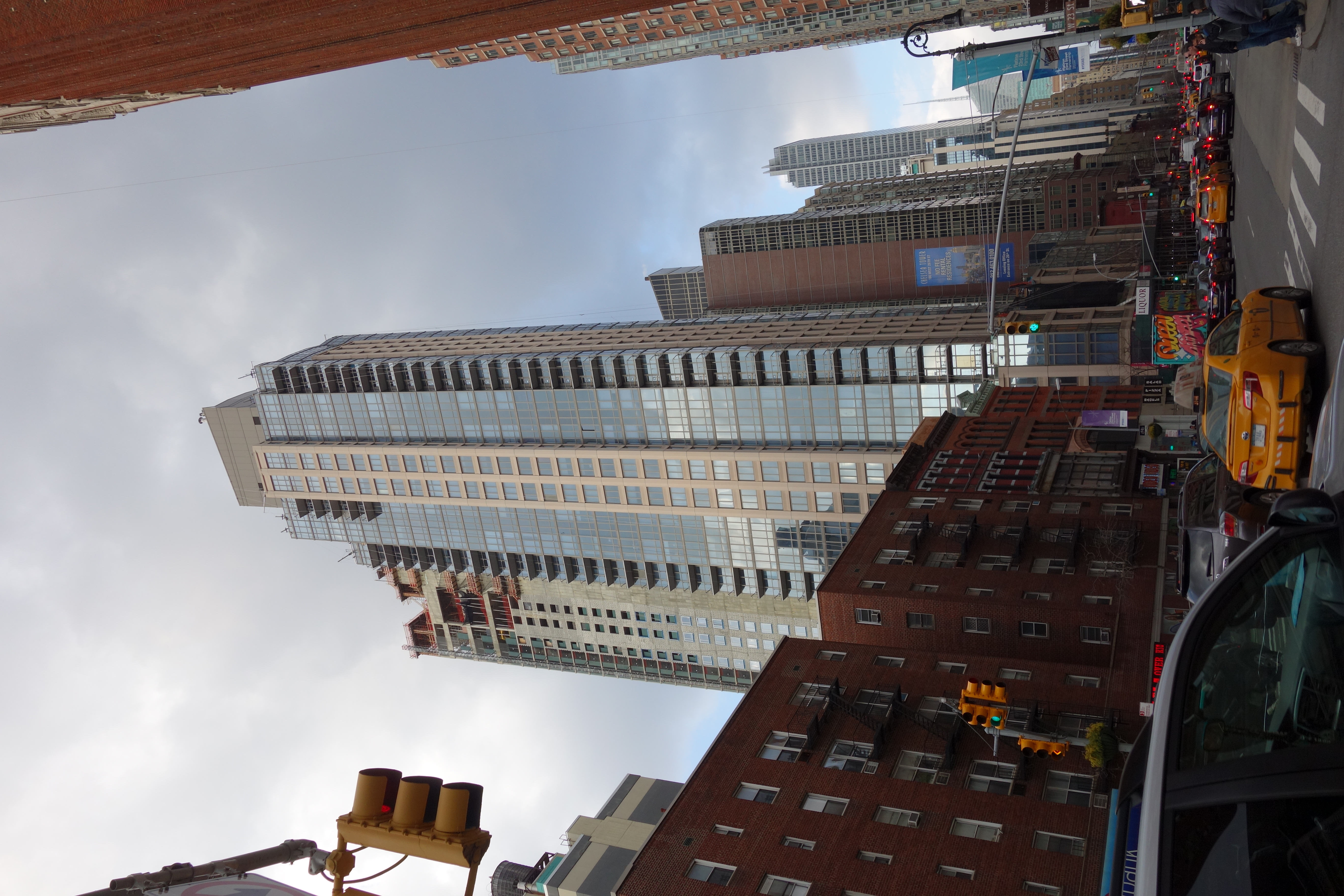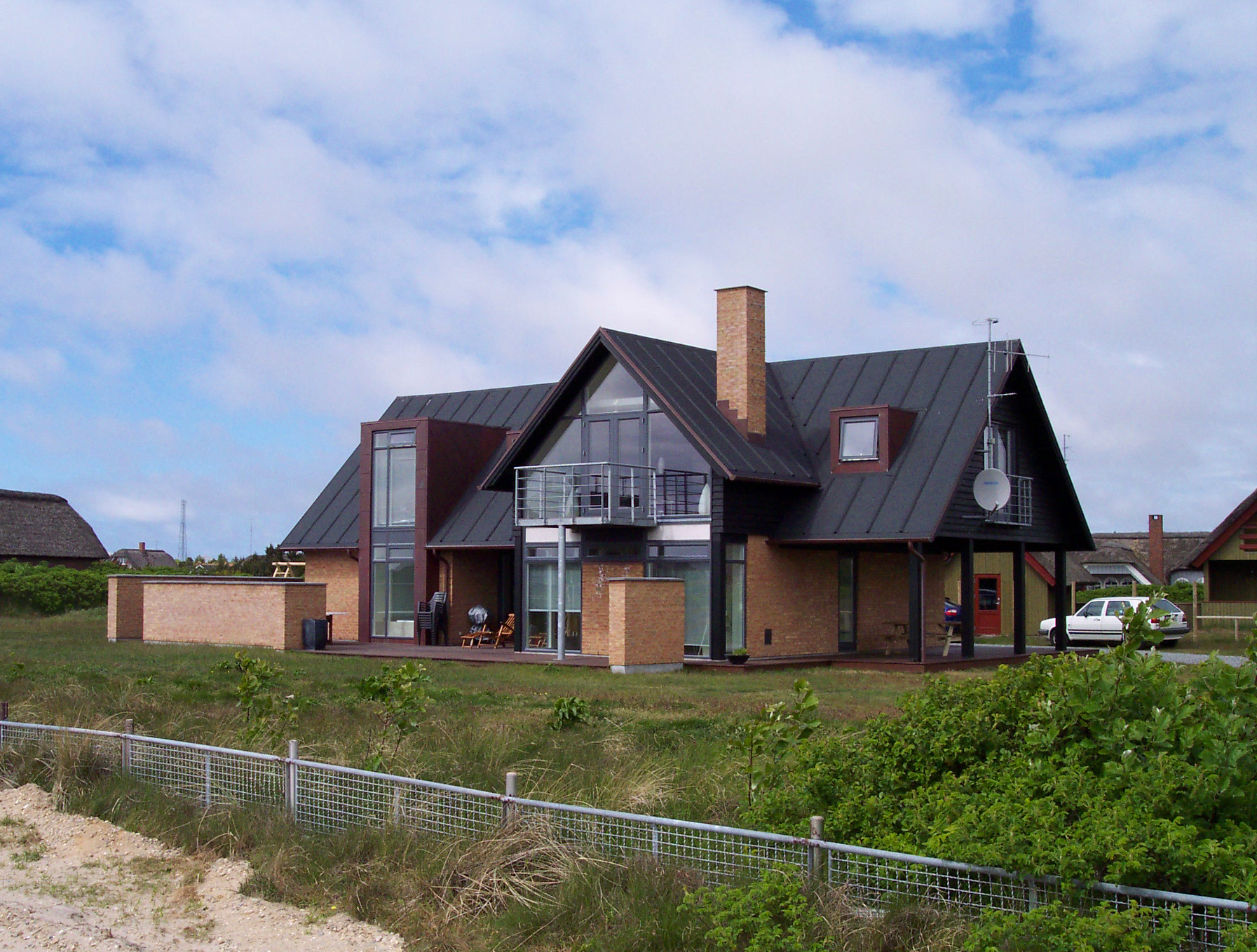|
Gariépy (Edmonton)
Gariepy is a residential neighbourhood in west Edmonton, Alberta, Canada. According to the City of Edmontomap utility the neighbourhood "was named for Joseph Hormisdas Gariépy, an early pioneer merchant." The neighbourhood is bounded on the west by 178 Street, on the north by Callingwood Road, on the east by 170 Street, and on the south by the North Saskatchewan River valley. Demographics In the City of Edmonton's 2012 municipal census, Gariepy had a population of living in dwellings, a -3% change from its 2009 population of . With a land area of , it had a population density of people/km2 in 2012. Residential development According to the 2001 federal census, residential development in Gariepy began in the 1970s when almost half (46.3%) of all residences in the neighbourhood were constructed. Most of the remainder (47.7%) were constructed during the 1980s. A small number (3.4%) were built during the 1960s while the remainder were constructed after 1990. The most co ... [...More Info...] [...Related Items...] OR: [Wikipedia] [Google] [Baidu] |
Edmonton
Edmonton is the capital city of the Provinces and territories of Canada, Canadian province of Alberta. It is situated on the North Saskatchewan River and is the centre of the Edmonton Metropolitan Region, which is surrounded by Central Alberta, Alberta's central region, and is in Treaty 6, Treaty 6 territory. It anchors the northern end of what Statistics Canada defines as the "Calgary–Edmonton Corridor". The area that later became the city of Edmonton was first inhabited by First Nations in Alberta, First Nations peoples and was also a historic site for the Métis in Alberta, Métis. By 1795, many trading posts had been established around the area that later became the Edmonton census metropolitan area. "Fort Edmonton", as it was known, became the main centre for trade in the area after the 1821 merger of the Hudson's Bay Company and the North West Company. It remained sparsely populated until the Canadian acquisition of Rupert's Land in 1870, followed eventually by the arri ... [...More Info...] [...Related Items...] OR: [Wikipedia] [Google] [Baidu] |
West Edmonton Mall
West Edmonton Mall (WEM) is a large shopping mall in Edmonton, Alberta, Canada, that is owned, managed, and operated by Triple Five Group. It is the second most visited mall in Canada, after the Toronto Eaton Centre in Toronto, followed by Metropolis at Metrotown in Burnaby, and the 14th largest in the world (along with Dubai Mall) by gross leasable area. It is the second largest shopping mall, by square footage, in North America behind the Mall of America in Bloomington, Minnesota. Mall of America encompasses and West Edmonton Mall encompasses . By store count, West Edmonton Mall is the highest in the Western Hemisphere as it currently counts over 800 occupants, in comparison to Mall of America's 520 occupants. The mall was founded by the Ghermezian brothers, who emigrated from Iran in 1959. The mall's major anchor stores are London Drugs, Marshalls, Simons, The Brick, Winners/ HomeSense and West Edmonton Mall Toyota. West Edmonton Mall has over 800 stores and service ... [...More Info...] [...Related Items...] OR: [Wikipedia] [Google] [Baidu] |
Renting
Renting, also known as hiring or letting, is an agreement where a payment is made for the use of a good, service or property owned by another over a fixed period of time. To maintain such an agreement, a rental agreement (or lease) is signed to establish the roles and expectations of both the tenant and landlord. There are many different types of leases. The type and terms of a lease are decided by the landlord and agreed upon by the renting tenant. History Various types of rent are referenced in Roman law: rent (''canon'') under the long leasehold tenure of Emphyteusis; rent (''reditus'') of a farm; ground-rent (''solarium''); rent of state lands (''vectigal''); and the annual rent (''prensio'') payable for the ''jus superficiarum'' or right to the perpetual enjoyment of anything built on the surface of land. Reasons for renting There are many possible reasons for renting instead of buying, for example: *In many jurisdictions (including India, Spain, Australia, Unit ... [...More Info...] [...Related Items...] OR: [Wikipedia] [Google] [Baidu] |
Row House
A terrace, terraced house (British English, UK), or townhouse (American English, US) is a type of medium-density housing which first started in 16th century Europe with a row of joined houses party wall, sharing side walls. In the United States and Canada these are sometimes known as row houses or row homes. Terrace housing can be found worldwide, though it is quite common in Europe and Latin America, and many examples can be found in the United Kingdom, Belgium, United States, Canada, and Australia. The Place des Vosges in Paris (1605–1612) is one of the early examples of the type. Although in early larger forms it was and still is used for housing the wealthy, as cities and the demands for ever smaller close housing grew, it regularly became associated with the working class. Terraced housing has increasingly become associated with gentrification in certain inner-city areas, drawing the attention of city planning. Origins and nomenclature Though earlier Gothic Architectu ... [...More Info...] [...Related Items...] OR: [Wikipedia] [Google] [Baidu] |
Duplex (building)
A duplex house plan has two living units attached to each other, either next to each other as townhouses, condominiums or one above the other like apartments. By contrast, a building comprising two attached units on two distinct properties is typically considered ''semi-detached'' or ''twin homes'' but is also called a ''duplex'' in parts of the Northeastern United States, Western Canada, and Saudi Arabia. The term "duplex" is not extended to three-unit and four-unit buildings, as they would be referred to with specific terms such as three-family (or triplex) and fourplex (or quadplex/quadruplex) or a more general multiplex. Because of the flexibility of the term, the line between an apartment building and a duplex is somewhat blurred, with apartment buildings tending to be bigger, while duplexes are usually the size of a single-family house. Variants US In dense areas like Manhattan and downtown Chicago, a duplex or duplex apartment refers to a maisonette, a single dwelli ... [...More Info...] [...Related Items...] OR: [Wikipedia] [Google] [Baidu] |
Condominium (living Space)
A condominium (or condo for short) is an ownership regime in which a building (or group of buildings) is divided into multiple units that are either each separately owned, or owned in common with exclusive rights of occupation by individual owners. These individual units are surrounded by common areas that are jointly owned and managed by the owners of the units. The term can be applied to the building or complex itself, and is sometimes applied to individual units. The term "condominium" is mostly used in the US and Canada, but similar arrangements are used in #By country, many other countries under different names. Residential condominiums are frequently constructed as apartment buildings, referred as well as Horizontal Property. There are also rowhouse style condominiums, in which the units open directly to the outside and are not stacked. Alternatively, detached condominiums look like single-family detached home, single-family homes, but the yards (gardens), building exterio ... [...More Info...] [...Related Items...] OR: [Wikipedia] [Google] [Baidu] |
Apartment
An apartment (American English, Canadian English), flat (British English, Indian English, South African English), tenement (Scots English), or unit (Australian English) is a self-contained housing unit (a type of residential real estate) that occupies part of a building, generally on a single story. There are many names for these overall buildings (see below). The housing tenure of apartments also varies considerably, from large-scale public housing, to owner occupancy within what is legally a Condominium (living space), condominium (strata title or commonhold) or leasehold, to tenants renting from a private landlord. Terminology The term ''apartment'' is favoured in North America (although in some Canadian cities, ''flat'' is used for a unit which is part of a house containing two or three units, typically one to a floor). In the UK and Australia, the term ''apartment'' is more usual in professional real estate and architectural circles where otherwise the term ''flat'' is u ... [...More Info...] [...Related Items...] OR: [Wikipedia] [Google] [Baidu] |
Single-family Detached Home
A single-family detached home, also called a single-detached dwelling, single-family residence (SFR) or separate house is a free-standing residential building. It is defined in opposition to a multi-family residential dwelling. Definitions The definition of this type of house may vary between legal jurisdictions or statistical agencies. The definition, however, generally includes two elements: * Single-family (home, house, or dwelling) means that the building is usually occupied by just one household or family and consists of just one dwelling unit or suite. In some jurisdictions, allowances are made for basement suites or accessory dwelling units without changing the description from "single-family". It does exclude, however, any short-term accommodation (hotel, motels, inns), large-scale rental accommodation ( rooming or boarding houses, apartments), or condominia. * Detached (house, home, or dwelling) means that the building does not share walls with other ho ... [...More Info...] [...Related Items...] OR: [Wikipedia] [Google] [Baidu] |
1990 In Canada
The following events occurred in Canada in the year 1990. Incumbents and (senate 130) Crown * Monarch – Elizabeth II Federal government * Governor General – Jeanne Sauvé (until January 29) then Ray Hnatyshyn * Prime Minister – Brian Mulroney * Chief Justice – Brian Dickson (Manitoba) (until 30 June) then Antonio Lamer (Quebec) * Parliament – 34th senate (134) Provincial governments Lieutenant governors *Lieutenant Governor of Alberta – Helen Hunley *Lieutenant Governor of British Columbia – David Lam *Lieutenant Governor of Manitoba – George Johnson *Lieutenant Governor of New Brunswick – Gilbert Finn *Lieutenant Governor of Newfoundland – James McGrath *Lieutenant Governor of Nova Scotia – Lloyd Crouse *Lieutenant Governor of Ontario – Lincoln Alexander *Lieutenant Governor of Prince Edward Island – Lloyd MacPhail (until August 16) then Marion Reid *Lieutenant Governor of Quebec – Gilles Lamontagne (until August 9) ... [...More Info...] [...Related Items...] OR: [Wikipedia] [Google] [Baidu] |
North Saskatchewan River
The North Saskatchewan River is a glacier-fed river that flows from the Canadian Rockies continental divide east to central Saskatchewan, where it joins with the South Saskatchewan River to make up the Saskatchewan River. Its water flows eventually into the Hudson Bay. The Saskatchewan River system is the largest shared between the Provinces and territories of Canada, Canadian provinces of Alberta and Saskatchewan. Its watershed includes most of southern and central Alberta and Saskatchewan. Course The North Saskatchewan River has a length of , and a drainage area of . At its end point at Saskatchewan River Forks it has a mean discharge of . The yearly discharge at the Alberta–Saskatchewan border is more than . The river begins above at the toe of the Saskatchewan Glacier in the Columbia Icefield, and flows southeast through Banff National Park alongside the Icefields Parkway. At the junction of the David Thompson Highway (Highway 11), it initially turns northeast for b ... [...More Info...] [...Related Items...] OR: [Wikipedia] [Google] [Baidu] |
Provinces And Territories Of Canada
Canada has ten provinces and three territories that are sub-national administrative divisions under the jurisdiction of the Constitution of Canada, Canadian Constitution. In the 1867 Canadian Confederation, three provinces of British North America—New Brunswick, Nova Scotia, and the Province of Canada (which upon Confederation was divided into Ontario and Quebec)—united to form a federation, becoming a fully Independence, independent country over the next century. Over its history, Canada's international borders have changed several times as it has added territories and provinces, making it the List of countries and dependencies by area, world's second-largest country by area. The major difference between a Canadian province and a territory is that provinces receive their power and authority from the ''Constitution Act, 1867'' (formerly called the ''British North America Acts, British North America Act, 1867''), whereas territories are federal territories whose governments a ... [...More Info...] [...Related Items...] OR: [Wikipedia] [Google] [Baidu] |








